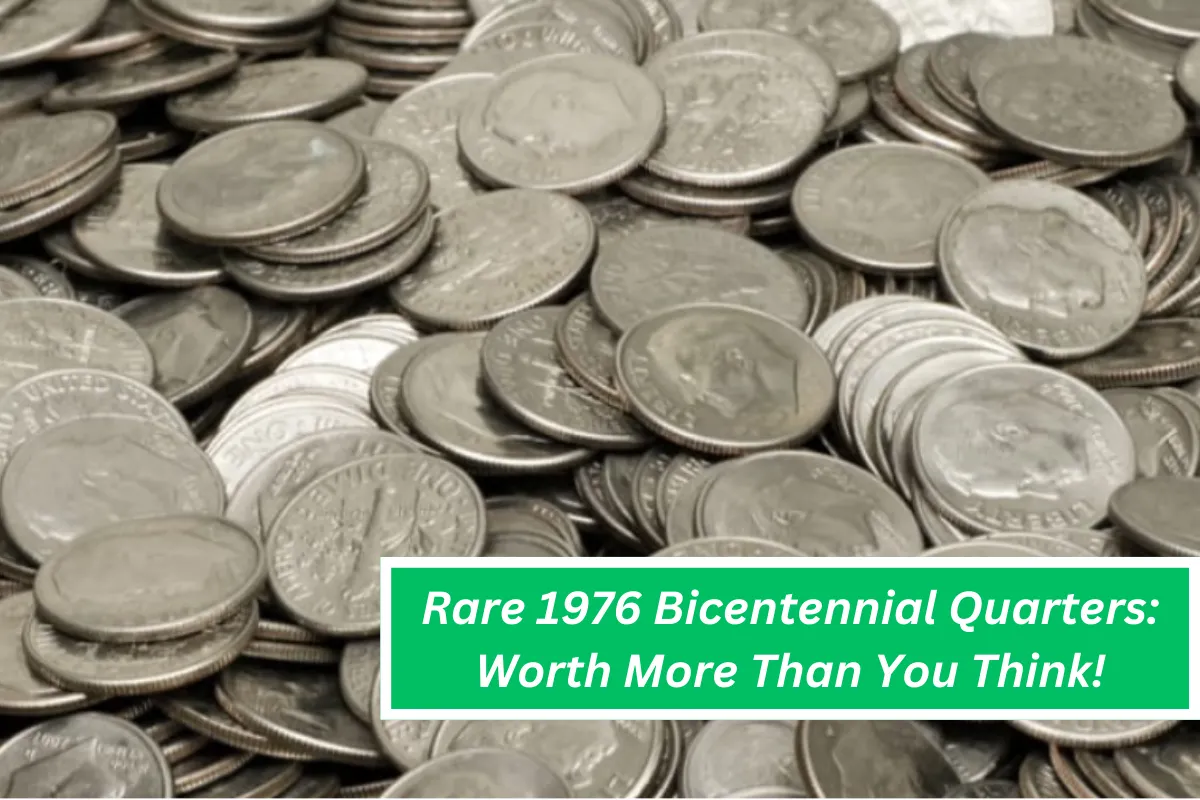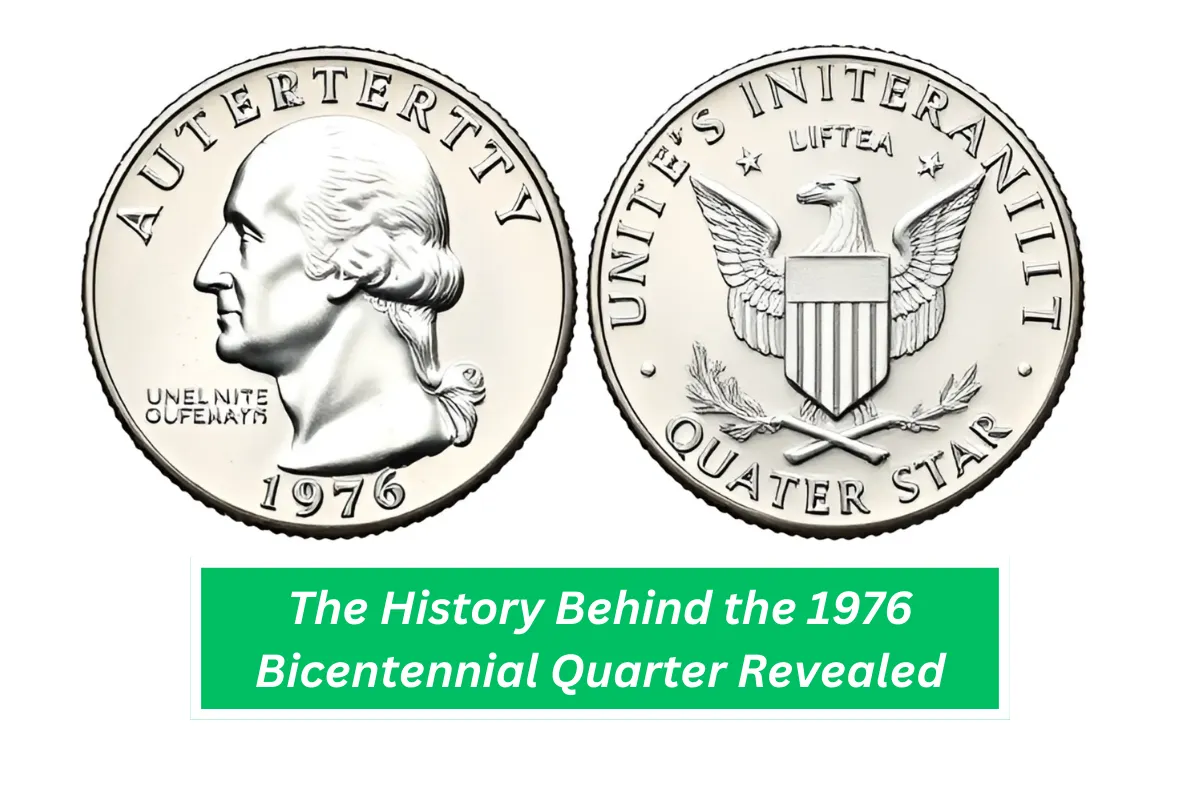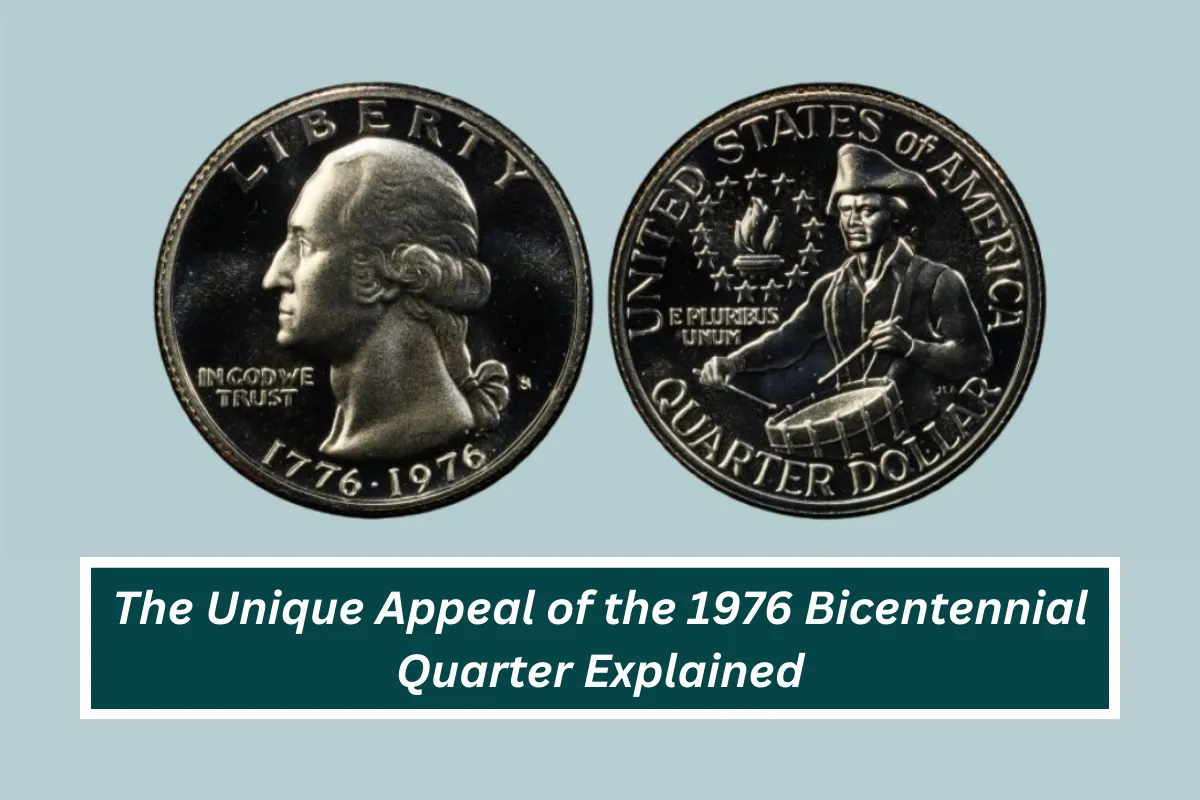Millions of people in the U.S. rely on SNAP (Supplemental Nutrition Assistance Program), also known as food stamps, to help with food costs.
Starting in October 2024, there will be changes to the SNAP payments, including the Cost-of-Living Adjustment (COLA) for 2025.
This adjustment is designed to help families deal with higher food prices and inflation. If you’re wondering how much you could receive, here’s what you need to know.
What Is the Cost-of-Living Adjustment (COLA)?
The COLA for 2025 will be included in SNAP benefits, which helps increase the amount of support for those dealing with rising costs. Even a small increase can make a difference for families who are struggling with higher food prices.
How Much Will You Get in SNAP Payments?
The amount of SNAP benefits you receive depends on your household size and income. In general, the more people in your family, the higher the benefit amount. For example, a family of eight could receive up to $1,756, plus $220 for each additional member.
Here are the maximum benefit amounts for each household size in the 48 contiguous states:
- 1 person: $292
- 2 people: $536
- 3 people: $768
- 4 people: $975
- 5 people: $1,158
- 6 people: $1,390
- 7 people: $1,536
- 8 people: $1,756
For families with more than eight people, each additional person gets $220.
When Will You Receive Your SNAP Benefits?
SNAP payment dates vary by state. Some states issue benefits all at once, while others spread them out throughout the month. For example:
- Alabama: October 4-23
- California: October 1-10
- Texas: October 1-28
- Florida: October 1-28
In some states like Alaska and North Dakota, benefits are paid on a single day, unlike the staggered schedule most states follow.
Variations in SNAP Payments by State
Inflation and living costs are higher in certain states like Alaska and Hawaii, so SNAP payments are usually higher there. This helps ensure people in these areas get the right support based on local economic conditions.
How to Check If You Are Eligible for SNAP
Eligibility for SNAP benefits depends on factors like household size, income, and other criteria such as whether anyone in the family is elderly or disabled.
The U.S. Department of Agriculture (USDA) sets the guidelines, but eligibility can differ slightly by state. It’s important to check with your local SNAP office to see if you qualify.

























